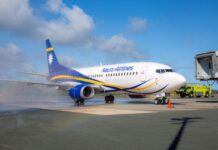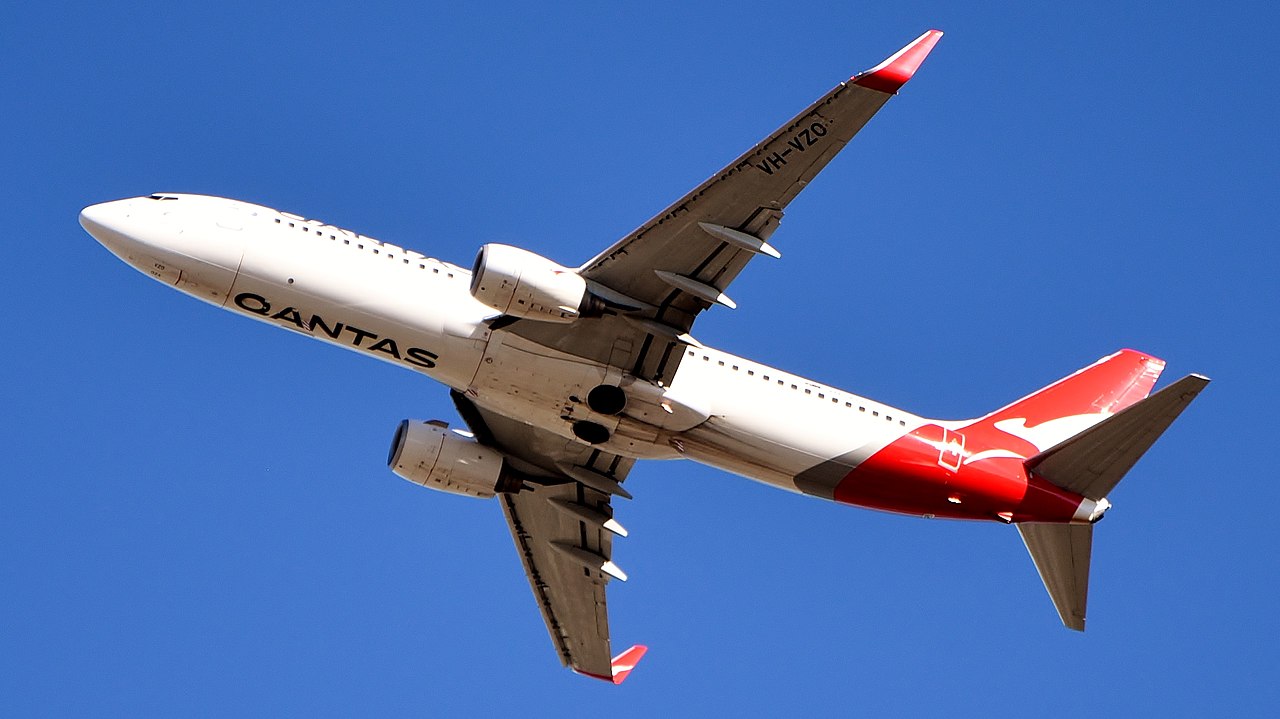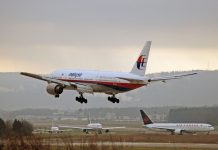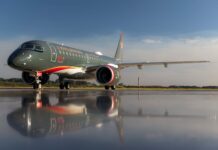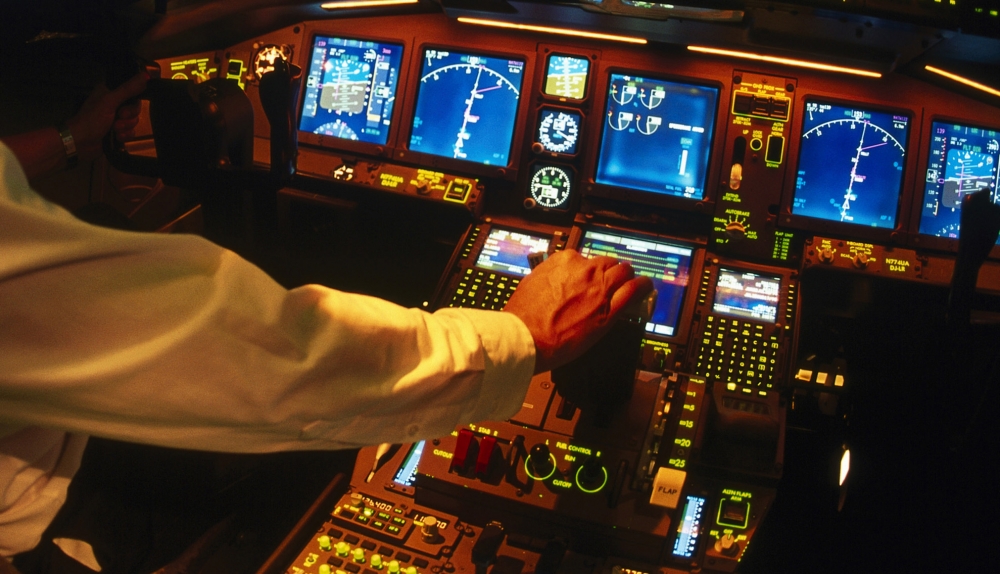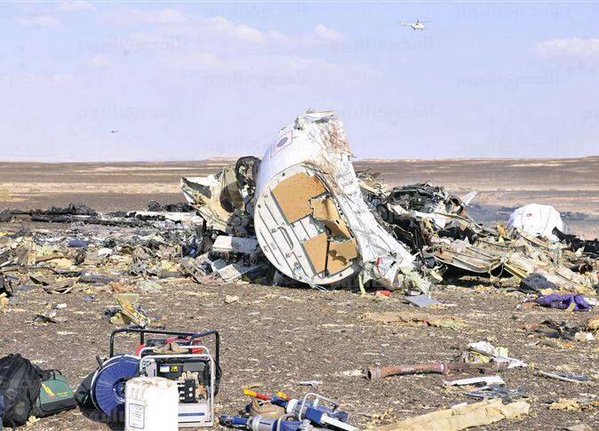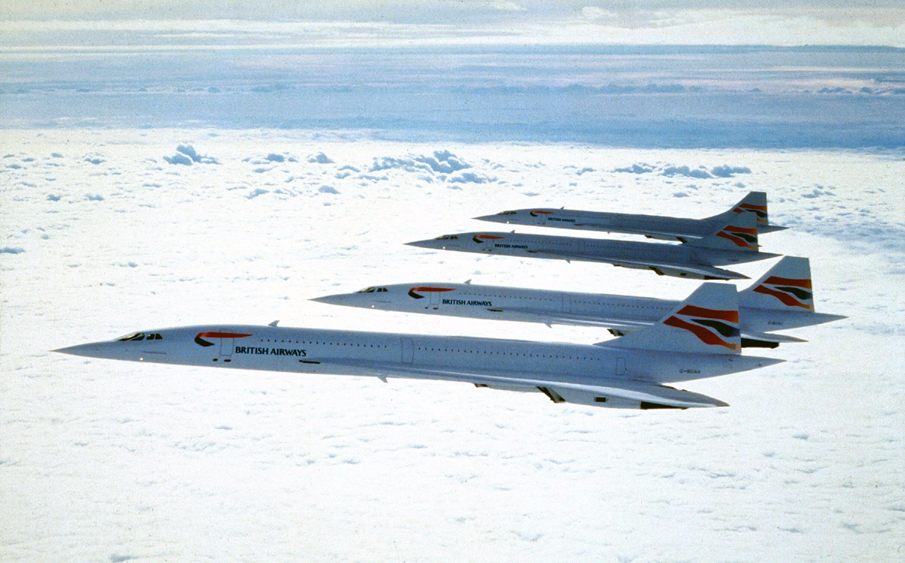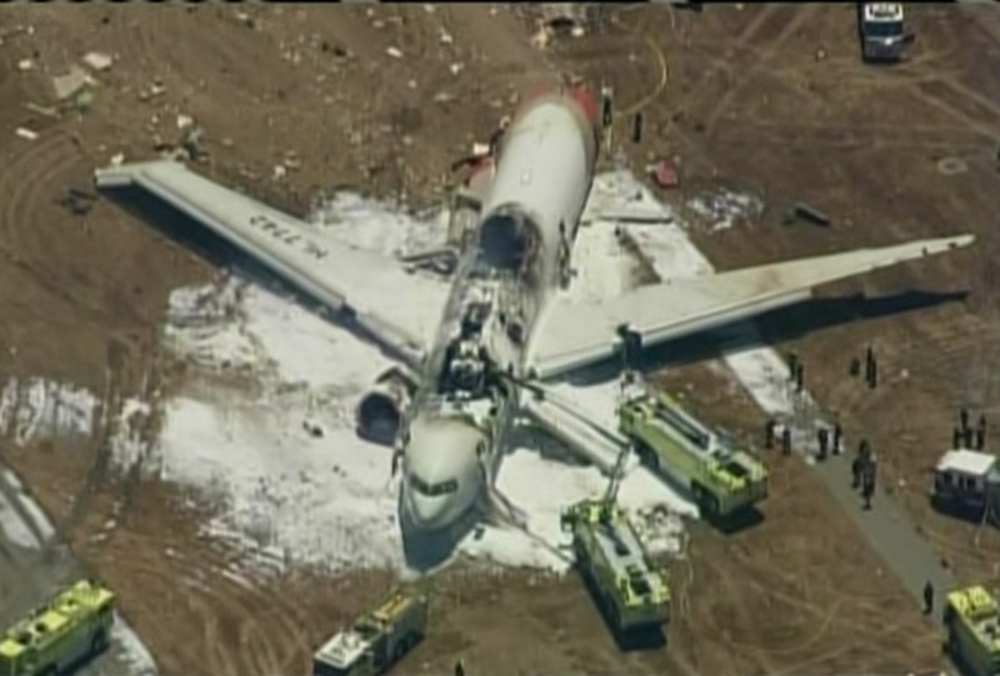Food poisoning and laser lights are the biggest causes of incapacitation of pilots according to Australia’s crash investigator.
The Australian Transport and Safety Bureau has issued the results of a survey that found that in the 5 years between 2010 and 2014, there have been on average 23 pilot occurrences a year reported where Australian pilots could not perform their duties.
That is once every 34,000 flights.
Over 75 per cent of incidents involved commercial passenger flights and the ATSB reported that the other pilot was successfully able to continue the flight or divert to an emergency landing.
Some of the incapacitation cases have been quite bizarre including one where the co-pilot became air sick after the plane encountered severe turbulence.
The ATSB found that between 2010 and 2014, there were a total of 113 flight crew incapacitation occurrences reported to the ATSB and half of the incapacitation occurrences were related to gastrointestinal illnesses such as food poisoning or gastroenteritis.
Laser strikes accounted for 13 per cent of flight crew incapacitation occurrences in high capacity operations.
Between 2010 and 2014 there were 1,316 laser strikes in high capacity transport operations in Australia reported to the ATSB.
However, only 11 during this period resulted in pilot incapacitation.
The ATSB said that while the chances of incapacitation from a laser strike are low, when they occur, they can be serious enough to lead to total incapacitation of the pilot.
One of the most serious incidents involved a 787 captain did not have happy ending.
The training captain who was flying the 787 suffered a suspected brain aneurysm just after touch down at Perth, Western Australia and the aircraft began to veer to the right and the other captain, who was checking her, took control of the aircraft to return to the centreline and completed the landing.
The two other flight crew members supported the incapacitated captain and administered oxygen and she was later taken to hospital but died two days later.


